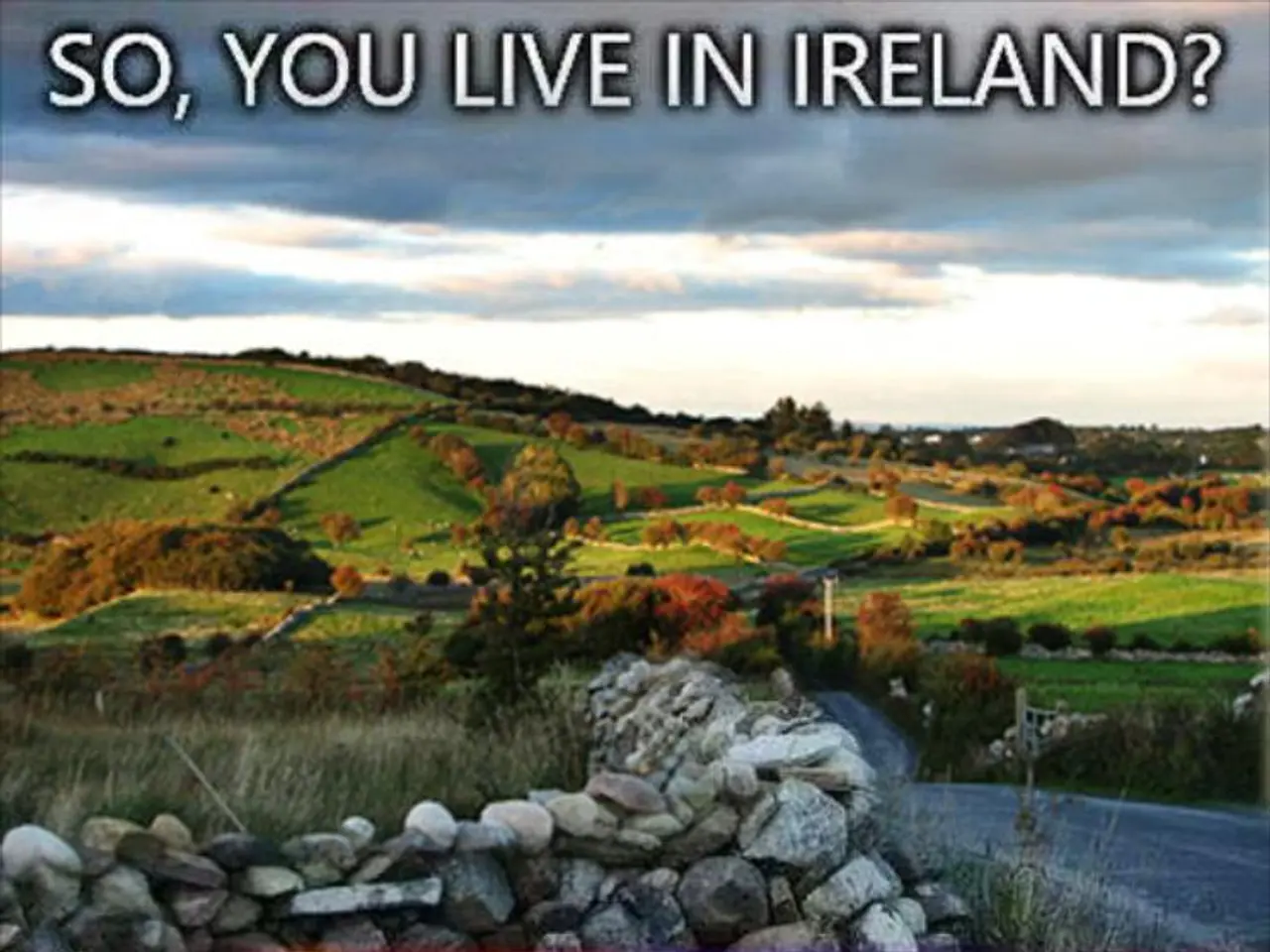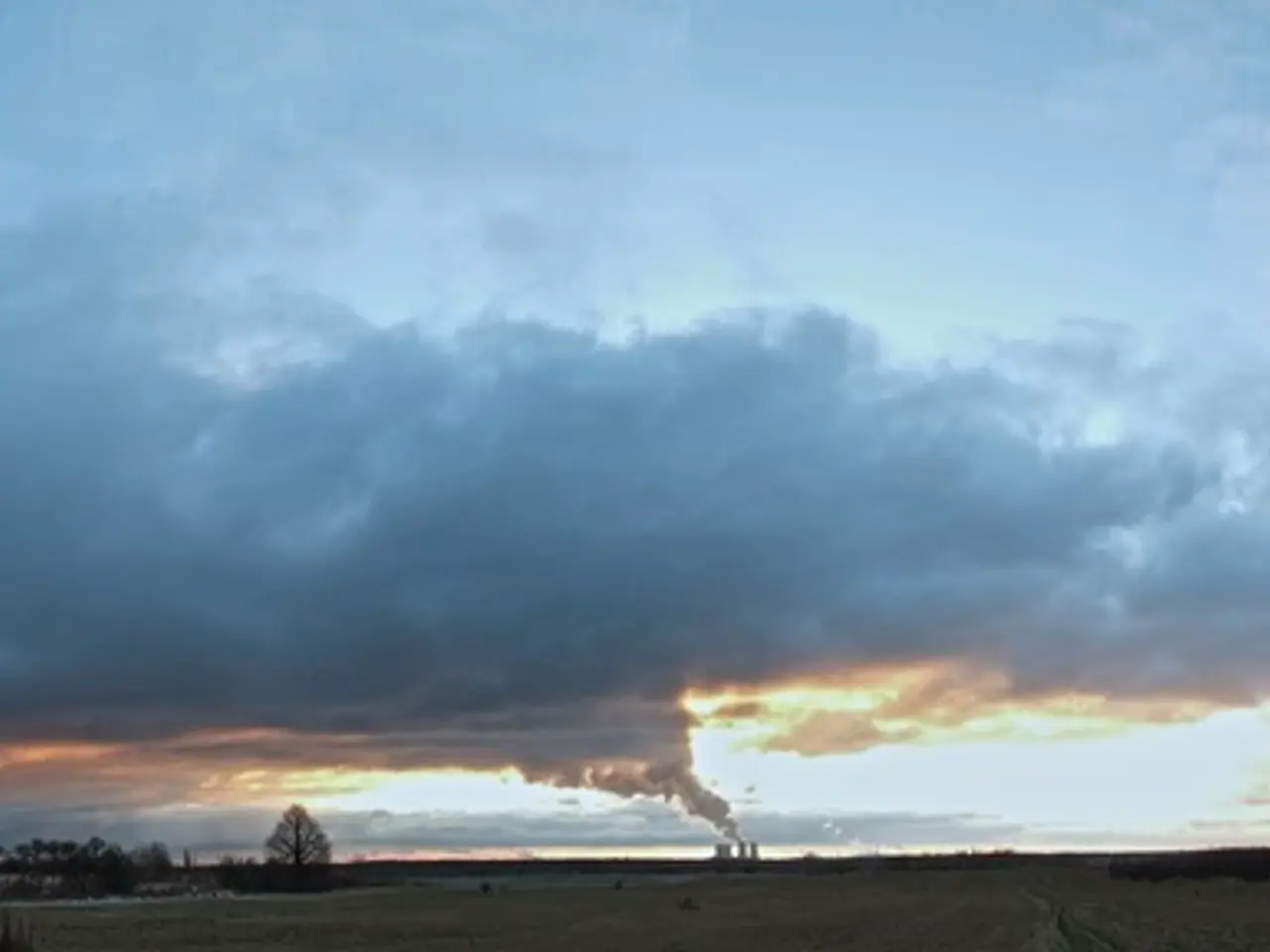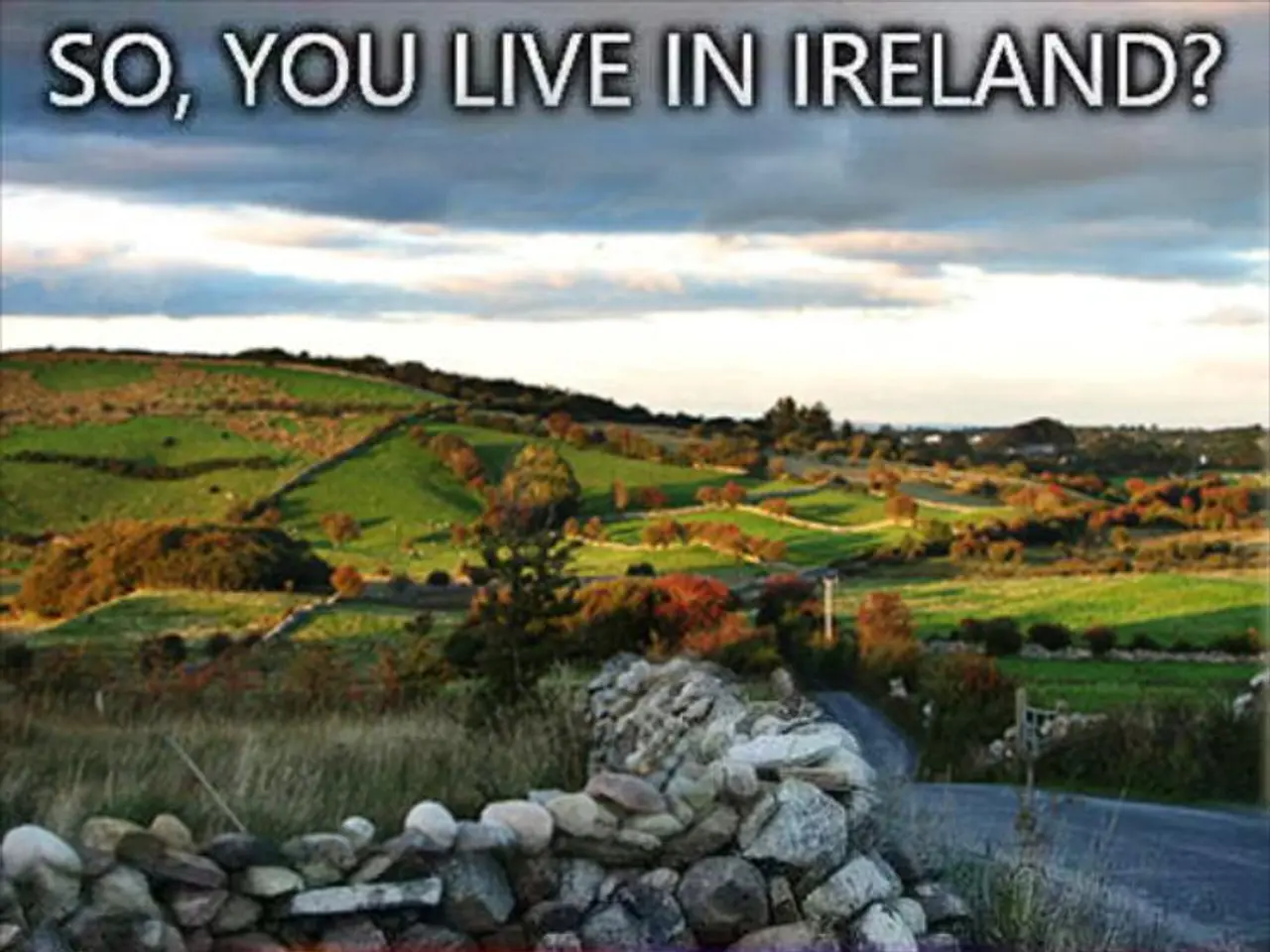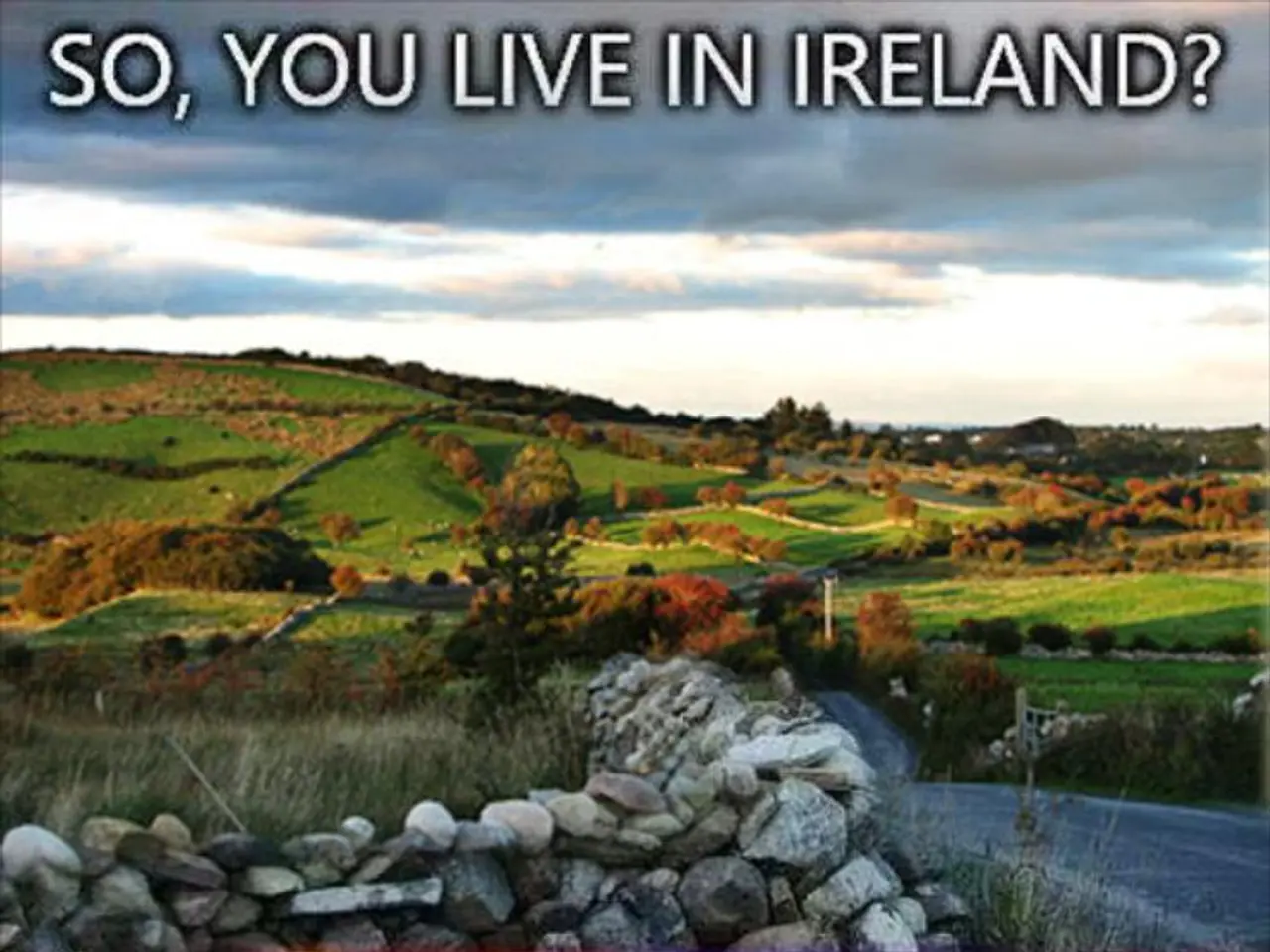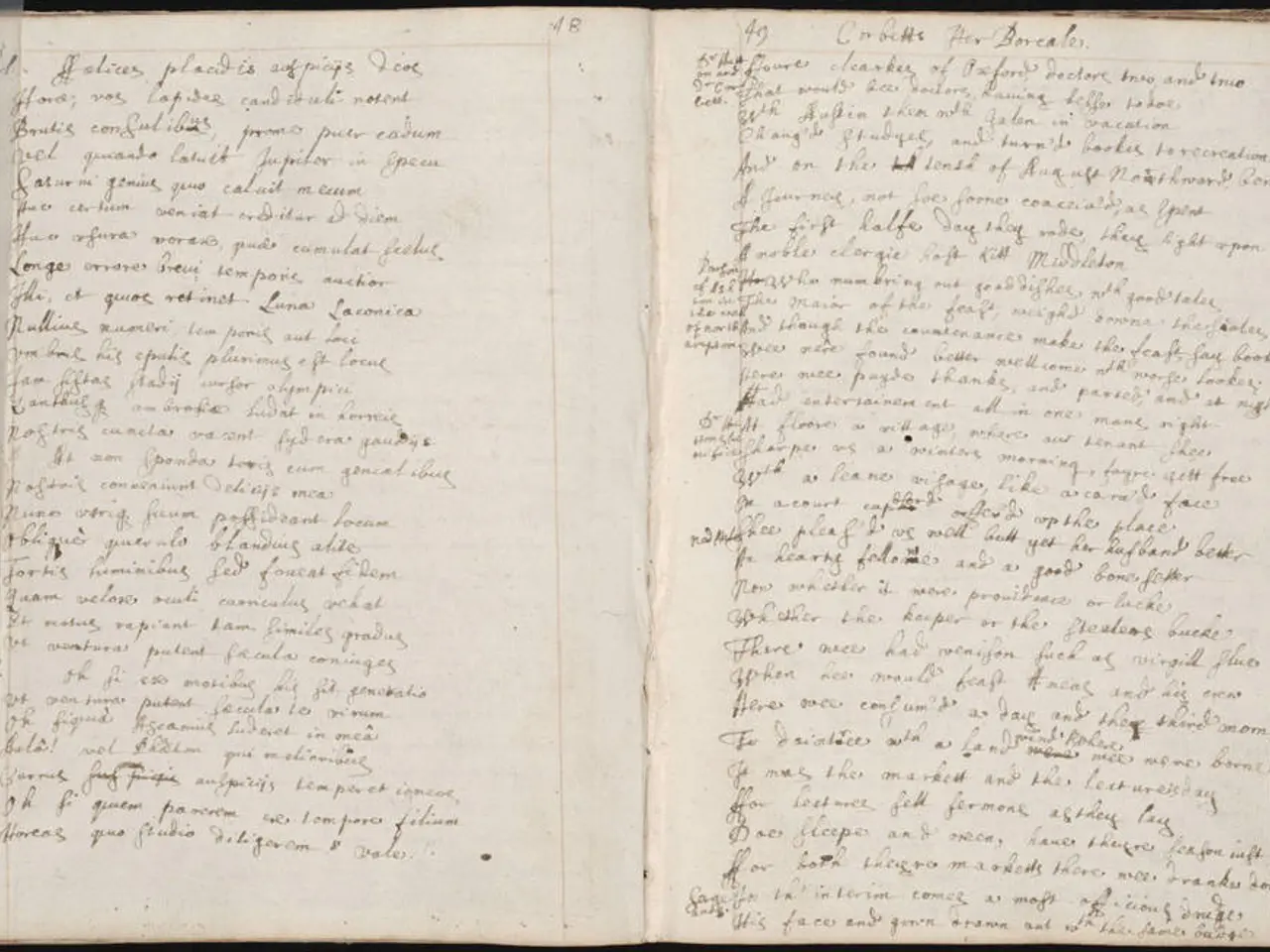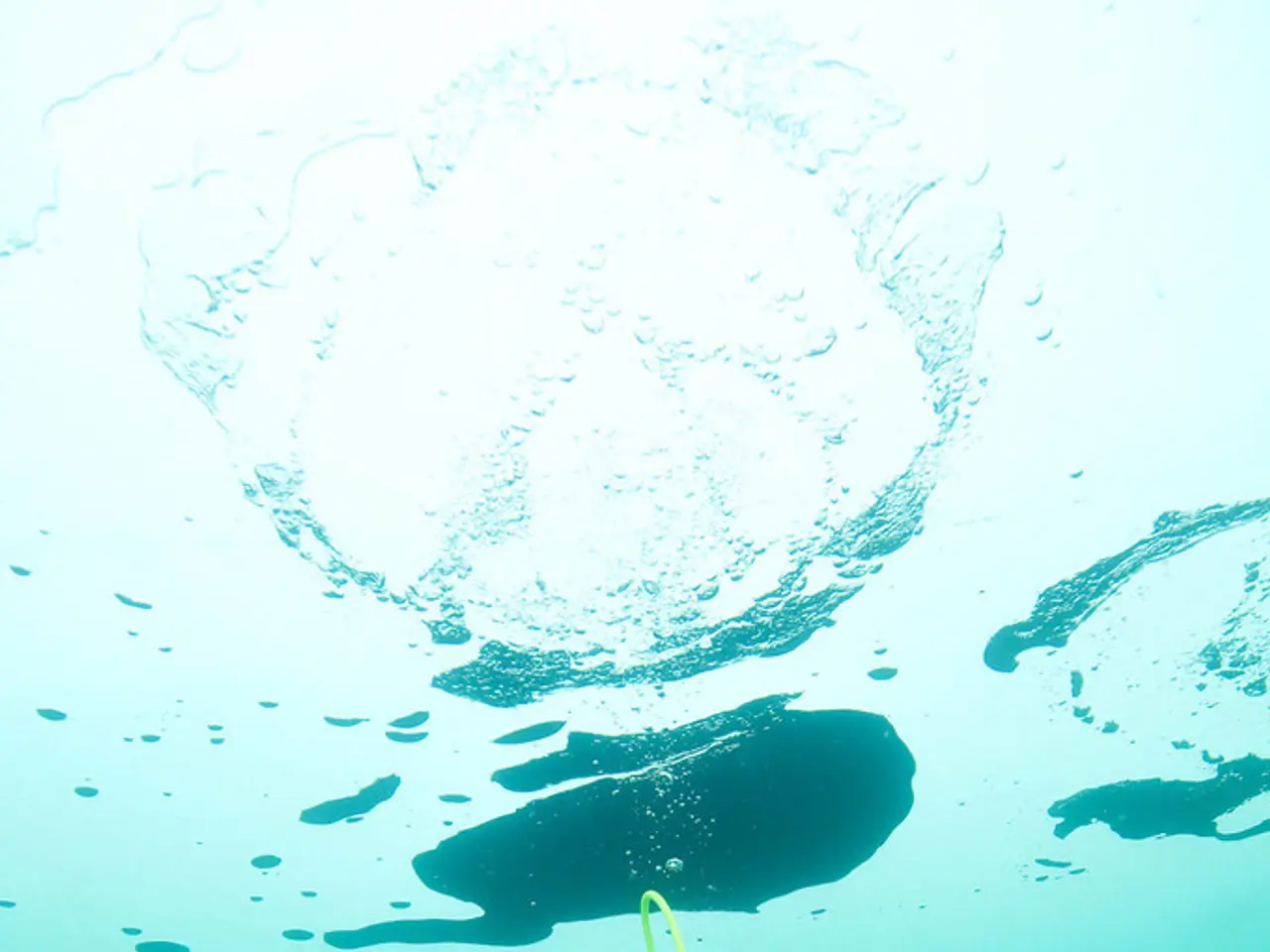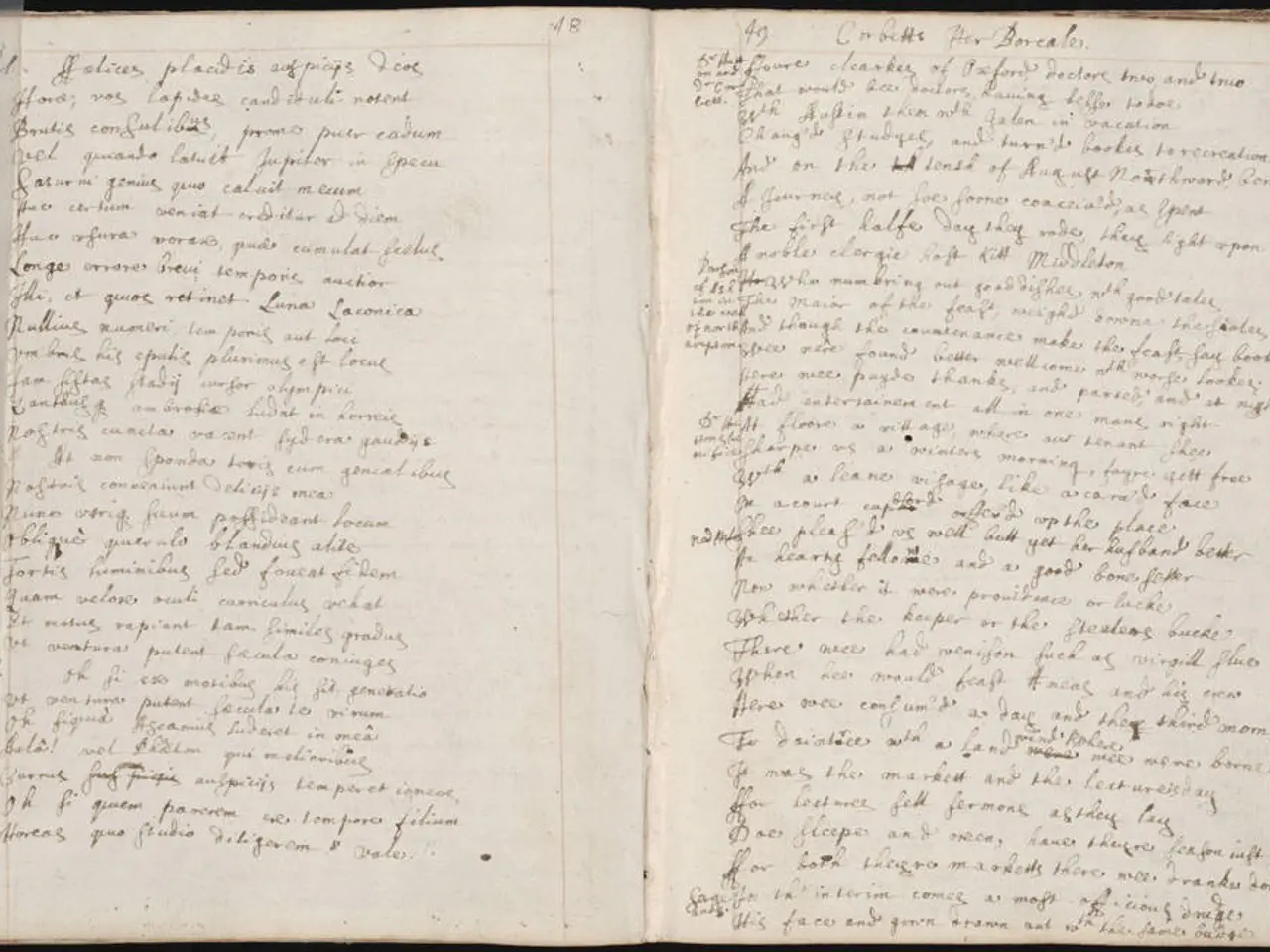West Coast Inflamed: Hundreds Flee Forest Fires in California
Gifford Fire Rages Through California, Affecting Thousands
A wildfire named the "Gifford Fire" is currently ravaging the U.S. state of California, causing evacuations and threatening structures. The fire started on August 1, 2025, and as of August 9, it has burned approximately 104,402 acres and is 21% contained.
The Gifford Fire is located northeast of Santa Maria along Highway 166, affecting San Luis Obispo and Santa Barbara counties. The fire is actively burning, particularly on the south side of the highway, and is spreading northward into the Garcia Wilderness within Los Padres National Forest. The terrain is steep and inaccessible, making firefighting efforts challenging.
As of now, over 600 residents have been ordered to evacuate, with an additional 1,500 people under evacuation warnings. Non-emergency traffic is prohibited on certain local roads to support emergency operations. An evacuation shelter is set up at Arroyo Grande High School to assist displaced residents. The fire threatens 2,912 structures; so far, 2 structures have been destroyed.
The fire has already caused 3 civilian injuries and 5 firefighter injuries, according to the Forest Service. However, there have been no reported fatalities as of yet. Over 1,900 personnel are battling the Gifford Fire, with extensive resources including engines, water tenders, helicopters, dozers, and hand crews.
Climate change is believed to be a contributing factor to the fire's rapid growth and extreme behavior. Experts attribute the fire's conditions to several factors influenced by the changing climate. These include extreme heat, low relative humidity, and dry vegetation driven by prolonged drought conditions and warming temperatures.
The fire is occurring in areas with no prior recorded wildfire history, suggesting shifts in regional fire ecology. Additionally, the increasing frequency and severity of large-scale wildfires, or "megafires," is linked to climate change and altered weather patterns.
In the first half of the year, California has been particularly affected by wildfires, with the southern part of the state being significantly impacted. The devastating fires in the Greater Los Angeles area earlier in the year claimed at least 31 lives, and numerous other fires have followed.
Proving a direct link between climate change and individual wildfires is challenging, but the overall trend is clear. The lack of winter rainfall made the vegetation unusually dry early on, which favors wildfires. As the climate continues to change, these conditions are expected to become more frequent and severe.
References: 1. Cal Fire Incident Report: Gifford Fire 2. Los Angeles Times: Gifford Fire: What We Know So Far
- The wildfire named the "Gifford Fire," situated in California, is a significant event in the field of environmental science due to its destructive impact on the environment and threatening structures.
- The science of weather forecasting plays a crucial role in managing the Gifford Fire, as officials need to stay updated on the trajectory, weather conditions, and fire behavior to make informed decisions.
- The current wildfire, along with numerous other accidents like it in California this year, is a general news topic that highlights the urgent need for further attention and prevention strategies regarding climate-change-induced accidents, such as fires.
- Investigations into crimes and justice might also shed light on potential causes of the Gifford Fire, as arson is a common cause for wildfires and can result in both civil and criminal penalties.
- In the context of the accelerating pace of climate change, it is essential to study the environmental-science aspects of wildfires like the Gifford Fire to understand their effects and develop strategies for combating them.
